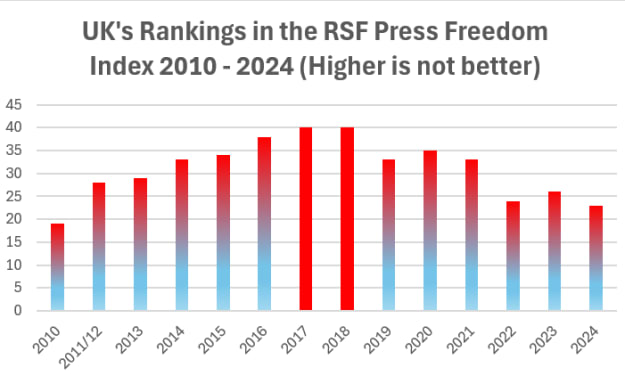Dry Farming in India
A Popular Sustainable Farming Practice

Dry farming, also known as rainfed Agriculture, is a popular sustainable farming practice. In this approach, we farmers produce crops in their area with limited rainfall without depending on irrigation. The approach has been in use for centuries and is mainly used in india, where large areas of land are in drought situations. It is an essential part of Indian farming as it encompasses around 60 per cent of the cultivated lands.
As the rise of sustainable and efficient farming practices has grown, dry farming emerged as the solution for ensuring food security and helping save the environment.
With the rise of sustainable farming methods, dry farming presents a viable solution for ensuring food security and advancing environmental sustainability. Dry agriculture totally depends on rainfall and techniques to maximize soil wetness retention. This method is ideal for areas having less than 750mm of annual rainfall. Crops like millet, oil seeds, pulses, etc, are well-suited for dry farming methods.
Principles of Dry farming
Soil Moisture Conservation: Techniques like mulching and deep ploughing are used to control soil moisture. Mulching with organic materials like leaves and straw helps facilitate evaporation.
Efficient Water Use: When water is available, rainwater harvesting, drip irrigation, either techniques are used to make the most of little resources.
Soil Management: Preserving the quality of soil is very necessary in this method of farming. Therefore, methods like crop rotation and the use of organic manure make the soil healthy and fertile. Deep ploughing is done to maintain the soil moisture content. Tractor with high power efficiency can only be used for dry farming. If someone is practising dry agriculture and looking for a good tractor in the market, then Kubota tractor are the ones they should consider.
Selection of Crop: Choosing a drought-resistant crop is an important factor. For example, millet, pulses, and groundnuts can be a choice. These crops thrive in low-moisture soil as well.
Importance of Dry farming in India
Sustainability: Dry farming helps in conserving the water and we all know water as a resource is depleting day by day. So it makes the method an environment friendly.
Climate Resilience: With the increasing droughts and less rainfall due to climate change, Dry farming is a dependable option for cultivating crops.
Economic Viability : It reduces the cost of expensive irrigation systems which makes it cost-effective for farmers. No use of chemical fertilisers, which is again a sustainable point to consider.
Food Security: Dry farming contributes a major part in India's total food production that is 44%, ensuring the food security for millions of people.
Challenges and Solution
Although there are lots of advantages, dry farming is facing many challenges that need to be addressed.
Change in Climate: Unpredictable rainfall patterns due to global warming cause crop failures. Developing Weather Forecasting and drought-resistant crop varieties is important to cut this risk.
Poor Soil Quality: Over a period of time, continuous dry farming without soil management has led farms to poor soil quality. Implementing sustainable soil management methods is important to maintain long-term soil quality and good crop production.
Less Access to Technology: Small landowners often lack access to modern agriculture technologies and practices. Extension of services and training programmes to teach them about dry framing tools and techniques can be helpful.
Market Access: Small farmers lack access to the market, and this is an important factor to consider. MSP can ensure a fair and reasonable price and marketplace for dry farming crops.
Government Initiatives for Dry Farming
The Indian government has introduced many initiatives to promote and help dry farming practices :
National Rainfed Area Authority: It looks after the development and implementation of policies and programs in Dry Framing.
Water Shed Development Programs: These programs focus on silk and water preservation and promote methods of doing it in dry farming.
Farmer Empowerment: Training and programmes to empower farmers with the knowledge and skills to effective dry farming
Major states Practicing Dry Farming
Rajasthan
In many regions of Rajasthan, farmers have successfully implemented dry framing techniques to grow major crops like bajra and guar. They have been using traditional methods to conserve water, such as johads(Earthern check dams).
Karnataka
In some areas of Karnataka, groundnuts and Ragi are grown using sustainable farming methods. The use of organic farming methods and community water management methods has contributed to the success of dry farming in the state.
In drought-prone areas of Maharashtra, dry land farming practices have been in use to cultivate sorghum and pulses. The government has also introduced various schemes in the state to support the dry land framers, for example, subsidies for micro irrigation systems and soil health cards
Conclusion
Dry farming plays an important role in India's Agricultural sphere. It offers a sustainable and organic approach to agriculture in water-scarce regions. Choosing a good quality drought-resistant crop can help farmers yield more in dry farming. States like Rajasthan and Karnataka are using these methods, either traditional methods or new modern agricultural methods. As India continues to face climate challange and less rainfall, these sustainable methods and the latest technology can only help farmers practice farming in india. The implementation of government initiatives is also important to make dry farming a success.
About the Creator
Rajendra_Singh
I'm a agriculture blogger, who loves sharing my knowledge about growing things. On my blog, you'll find practical tips and interesting stories to help you get started!
Enjoyed the story? Support the Creator.
Subscribe for free to receive all their stories in your feed. You could also pledge your support or give them a one-off tip, letting them know you appreciate their work.






Comments
There are no comments for this story
Be the first to respond and start the conversation.